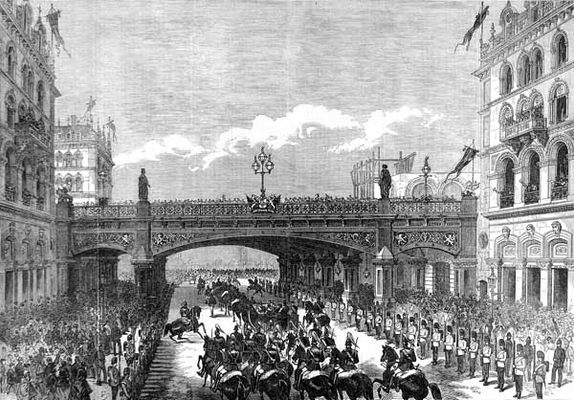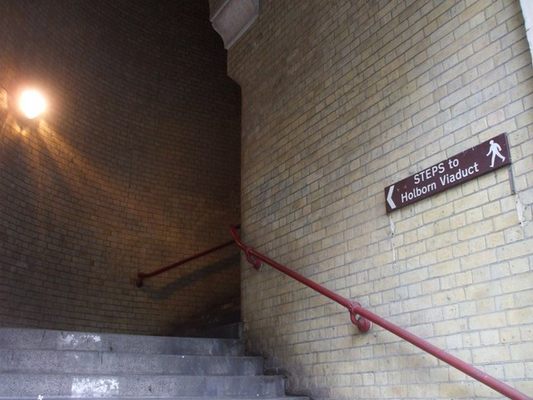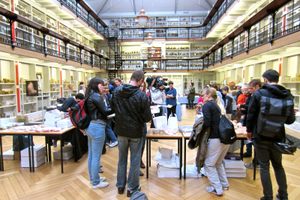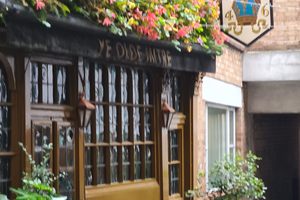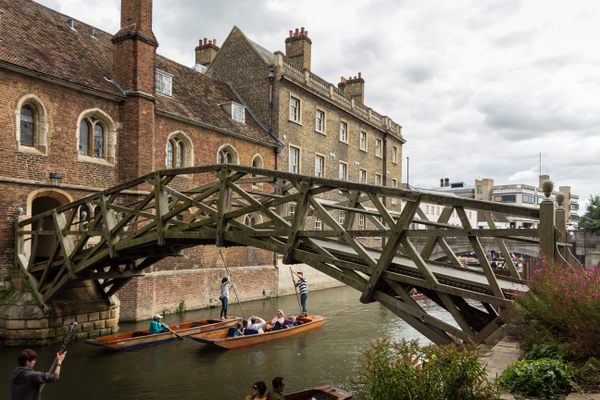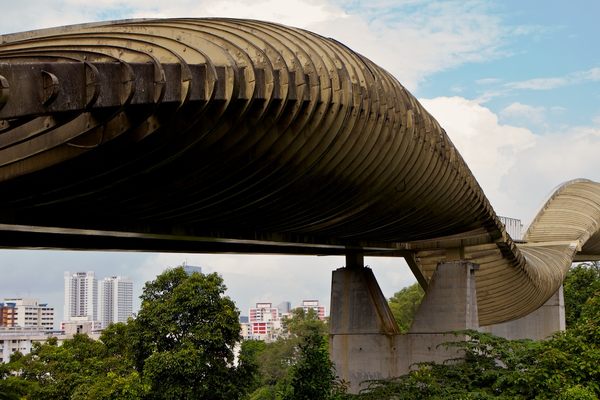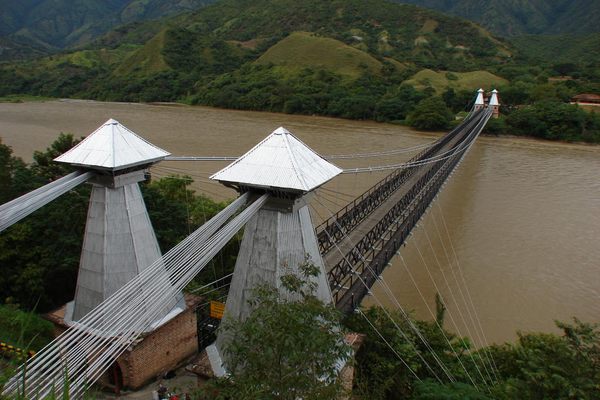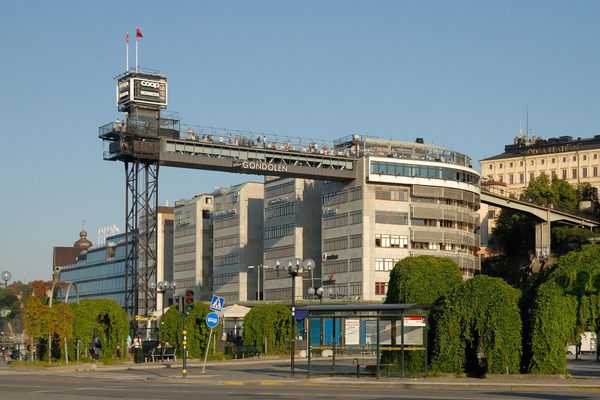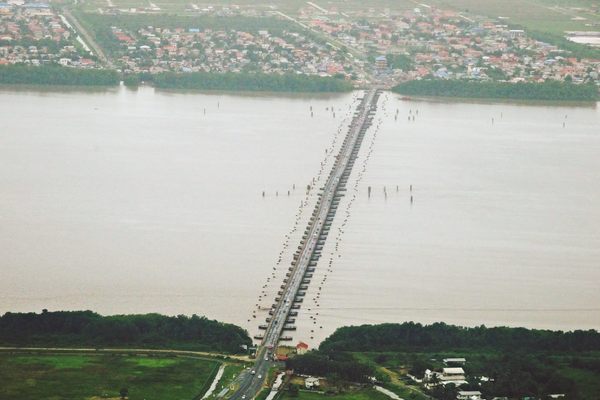About
The River Fleet, which ran from Hamstead in north central London into the River Thames near where Blackfriars Bridge now stands, was considered for centuries to be a disgusting waterway filled with sewage and garbage, including a substantial amount of waste from the butchers based at Smithfield Market. Consequently, in the mid-19th century, major efforts were made to culvert the river, putting it entirely underground, and closer to the river, the covered area was converted into a street.
A bridge had previously crossed over the River Fleet between the areas of Holborn and Farringdon, connecting a road named Holborn to another now named Newgate Street. When the river was converted into a street, the steep hills of the former river valley in the location of the bridge made it impractical for horse-drawn carriages and wagons to descend into and then out of the valley. As a result, London’s first overpass was proposed to ease traffic through the site. Construction on the overpass, which would be named the Holborn Viaduct, started in 1863 and finished in 1869, with Queen Victoria officially opening the viaduct on November 6, 1869.
The 1,4000-foot-long cast iron and stone viaduct is a truly ornate Victorian masterpiece. The ironworks underneath the bridge include many intricate designs, including dragons and knights’ helmets. Meanwhile, the top level features four bronze statues of women representing agriculture, commerce, fine arts, and science as well as four additional bronze statues of winged lions at the ends of the bridge. Several replica Victorian-era lamps stand evenly spaced along the full length of the railings on the top of the bridge, and several more hang at evenly-spaced intervals underneath. Additionally, a total of four buildings at the ends of the bridge provide staircases that allow pedestrians easy access between the top of the viaduct and Farringdon Road below it (although note that only the two buildings on the south side are original, as the two on the north side were damaged in World War II and reconstructed later).
Even though the Holborn Viaduct is a prominent feature of the City of London’s street network, its location away from tourist areas means that it’s a much more familiar sight for London’s local residents and office workers. Nonetheless, as a grade II listed structed, it is one of London’s most historically and architecturally important bridges.
Related Tags
Know Before You Go
As mentioned above, the Holborn Viaduct is located near the center of London between the areas of Holborn and Farringdon. The bridge is within a short walk of several Underground and train stations, including Chancery Lane, Farringdon, St. Paul’s, City Thameslink, and Blackfriars, and many bus routes cross through the area, including both over and under the viaduct.
As an accessibility note, the reconstructed buildings on the north side of the viaduct include lifts (or elevators), allowing people with limited mobility to move more easily between the upper and lower levels of the viaduct.
Published
October 4, 2024
Sources
- https://www.londonslostrivers.com/river-fleet.html
- https://www.youtube.com/watch?v=eO23SZmb3bE
- https://alondoninheritance.com/tag/holborn-viaduct/
- https://memoirsofametrogirl.com/2019/10/11/holborn-viaduct-history-london-victorian/
- https://www.londoncabtours.co.uk/2022/03/08/fleet-in-the-city-part-2-holborn-viaduct/
- https://symbolsandsecrets.london/2020/04/30/holborn-viaduct-not-all-it-seems/
- https://www.inyourarea.co.uk/news/londons-first-flyover-under-construction-in-1867
- https://historicengland.org.uk/listing/the-list/list-entry/1064641






